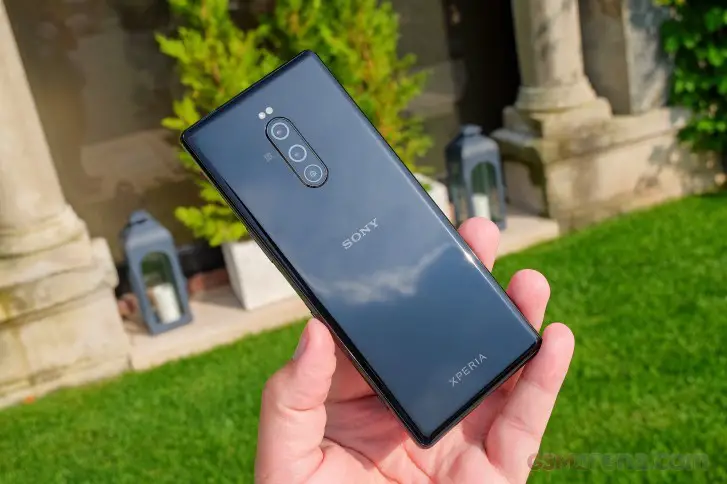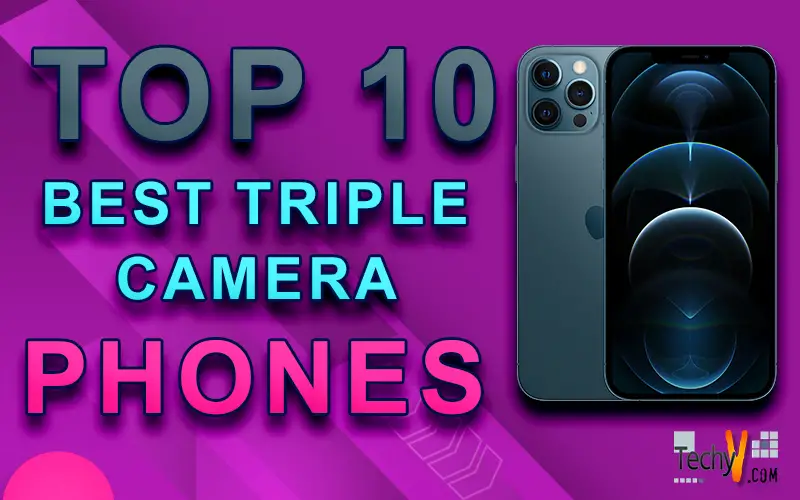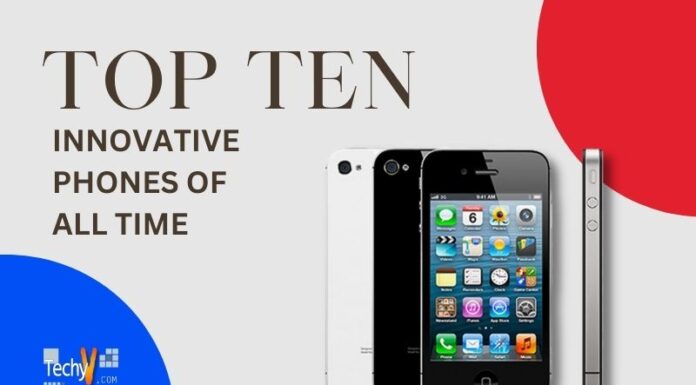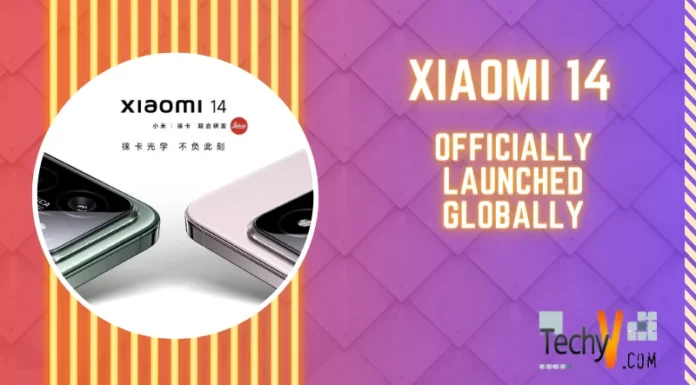The quality of the camera has always been a top priority for smartphone users. Since the megapixel arms race is over, OEMs are now turning to the use of multiple camera sensors to promote advancements in this crucial area. As a result of this development, chipset manufacturers have already begun to upgrade their ISPs with more interface ports, allowing OEMs to add more camera sensors and process feed from them at the same time. It combines several aspects of photography that were previously possible with distinct DSLR lenses. The camera system becomes more adaptable overall. The ability of computational photography to enhance the final product using AI and software processing.
1. Apple iPhone 12 Pro
Triple or quadruple cameras are now frequently found in Android smartphones. Apple joined the battle for triple back cameras in 2019 with the introduction of the iPhone 11 Pro series and the iPhone 12 Pro. The Cupertino company’s most current premium iPhone models come equipped with three 12MP cameras, a TOF 3D LiDER sensor, and a dual-LED dual-tone flash. On the front, there is also a 12 MP selfie camera.
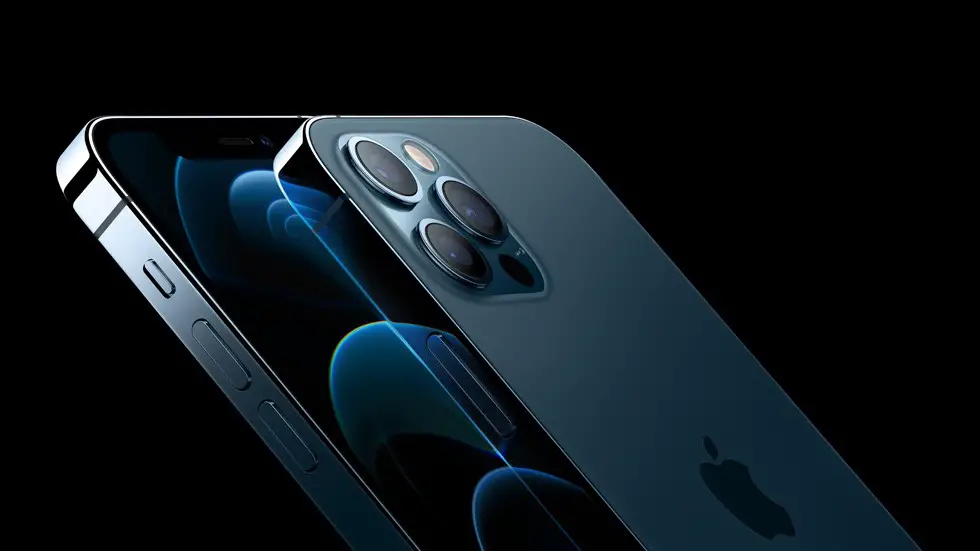
2. Samsung Galaxy Note 20 Ultra
The Galaxy Note 20 Ultra’s triple rear camera system has a resolution of 108 MP + 12 MP + 12. Wide-angle and telephoto cameras have the quality one would anticipate from a crown jewel from Samsung. The picture processing does a decent job of managing it even without a night mode. The metering has improved, the AI optimizer oversaturates clicks, there are pleasant portraits, and the optics are, to put it mildly, superb overall. A 10MP is located inside the hole punch cutout on the front facade.
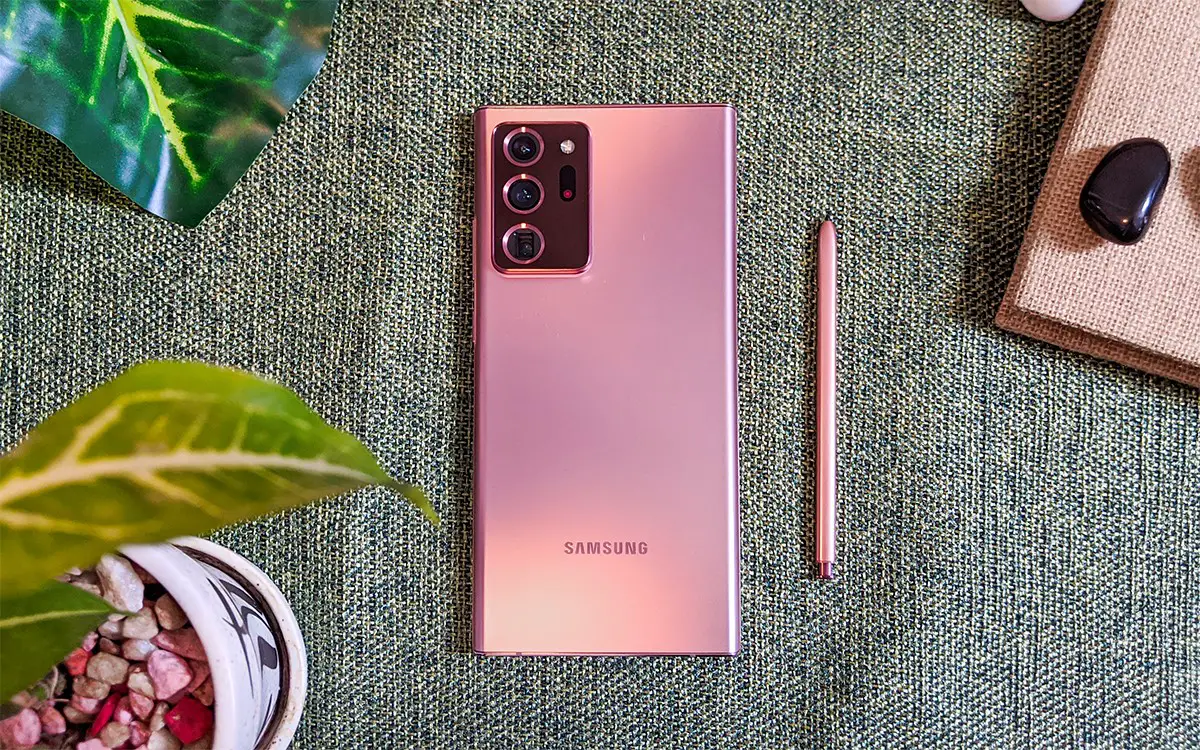
3. Xiaomi Mi 11 Ultra
With a 50MP primary camera with an f/2.0 aperture, a 48MP periscope telephoto sensor, and a 48MP (f/2.2) ultra-wide camera, Xiaomi Mi 11 Ultra also joined the triple camera bandwagon. A 20MP (f/2.2) sensor housed inside a punch hole module serves as the selfie camera.
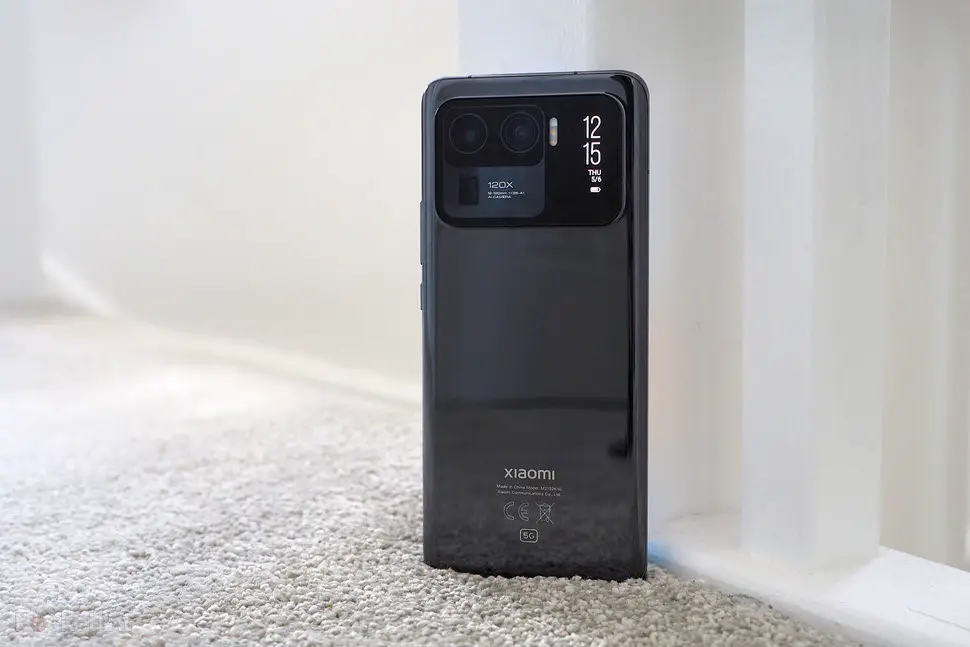
4. Vivo X60 Pro
The Vivo X60 Pro has a 48 MP + 13 MP + 13 MP Triple Camera with autofocus (review). The primary sensor can offer 12MP at its highest quality thanks to pixel binning. Similar techniques are utilised with the front camera’s 32MP sensor, which yields 8MP photos. However, you may still track clicks at the greatest pixel count. The primary front and back sensors are Samsung image sensors.
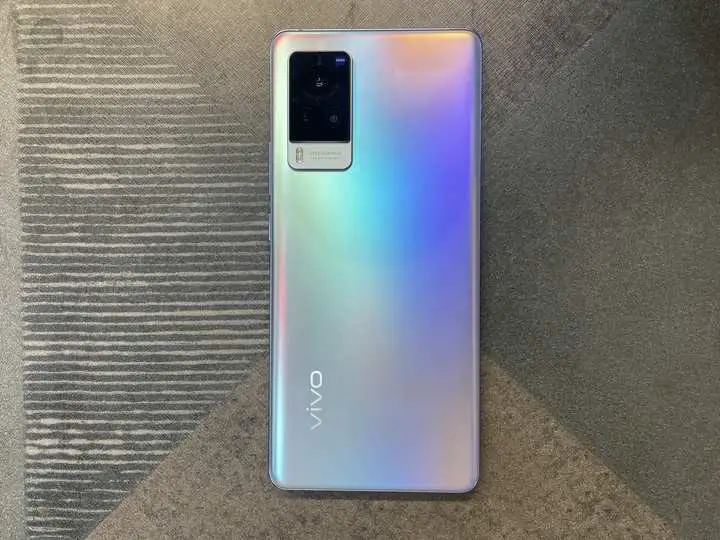
5. Huawei Mate 20 Pro
The Huawei Mate 20 Pro, which uses the business’ most latest 7nm Kirin 980 chipset, has a similar triple camera setup with Leica lenses. The 40MP primary sensor and 8MP secondary sensor are the same, however the 20MP monochrome sensor has been replaced with a 20MP extreme wide-angle shooter.
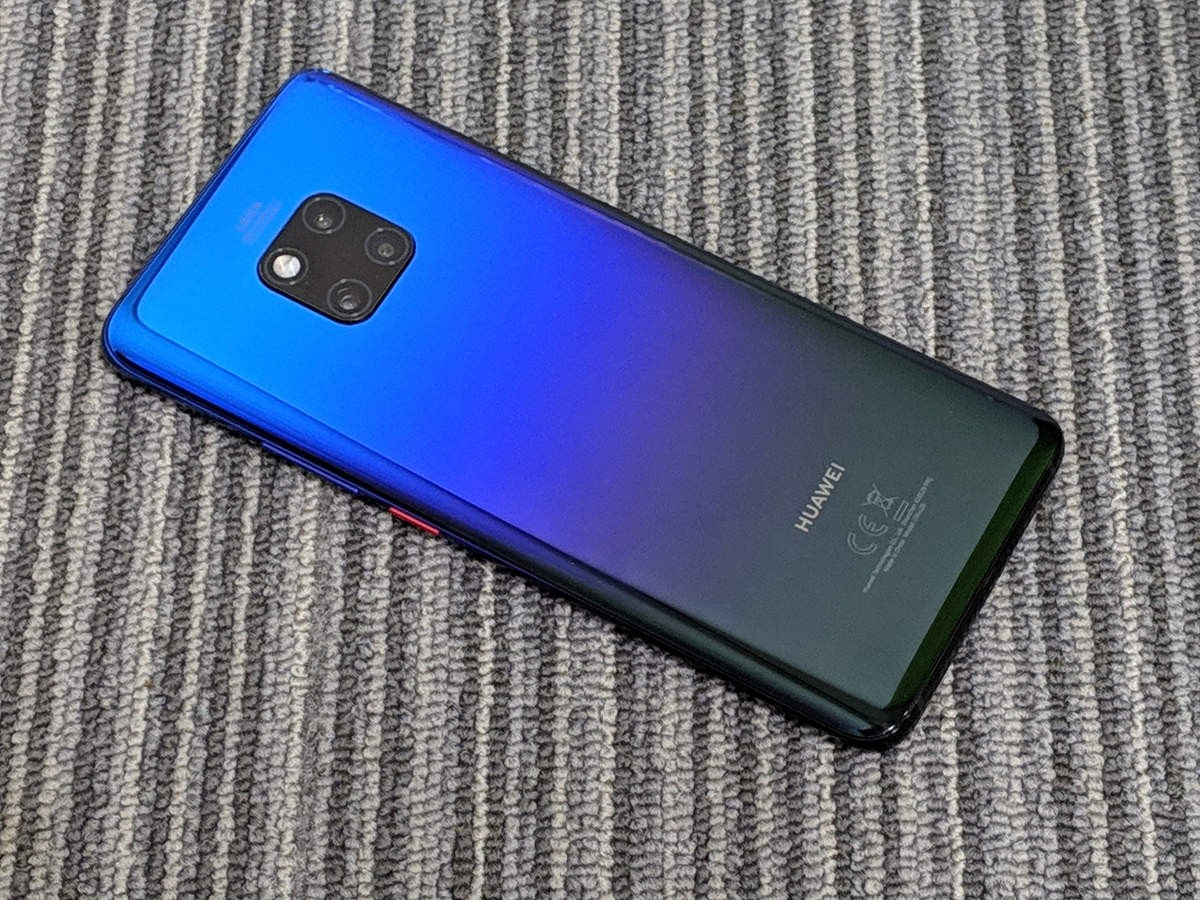
6. OnePlus 7/ 7T Pro
With the OnePlus 7 Pro (review) and OnePlus 7T Pro, both of which boast the triple camera upgrade at the rear, Oneplus came out swinging this year. A 48MP Sony IMX586 sensor with an f/1.6 aperture serves as the primary sensor. It has both OIS and EIS’s support. The next sensor is an 8 MP telephoto sensor with a 3x zoom feature. It has an OIS-compatible f/2.4 lens. The 16MP (f/2.2) super-wide sensor, which extends to 117 degrees, is the last component. You also get the option to take Macro shots with the 7T Pro.
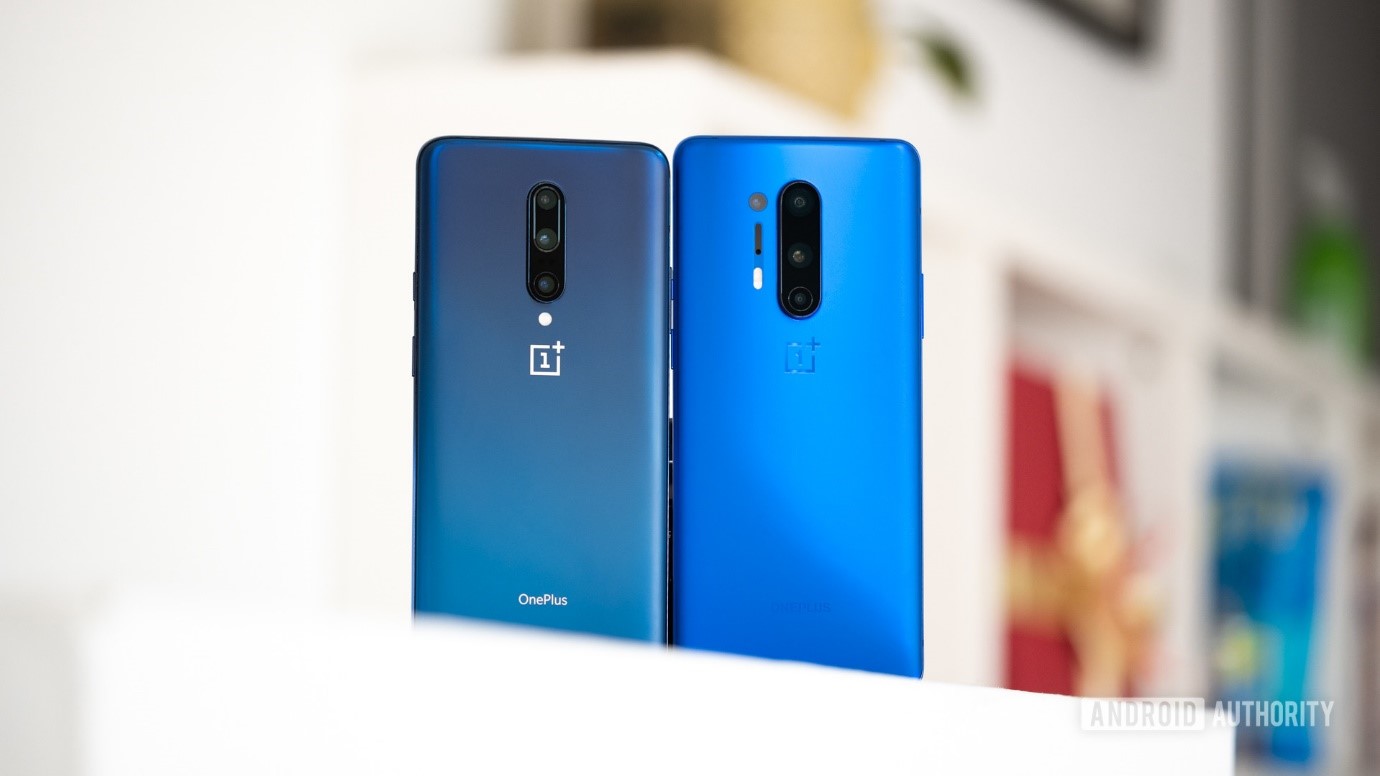
7. Oppo Reno 10x Zoom Edition
The Oppo Reno’s periscope-style telephoto lens, which enables 10x Hybrid Optical Zoom with a 13MP sensor (f/3.0 aperture), would be the eye-catcher, as implied by the name. This is a portion of a panel that also includes an 8MP (f/2.2 aperture) 120-degree Ultra Wide Lens and a 48MP (f/1.7 aperture) primary rear Sony IMX586 sensor with LED flash.
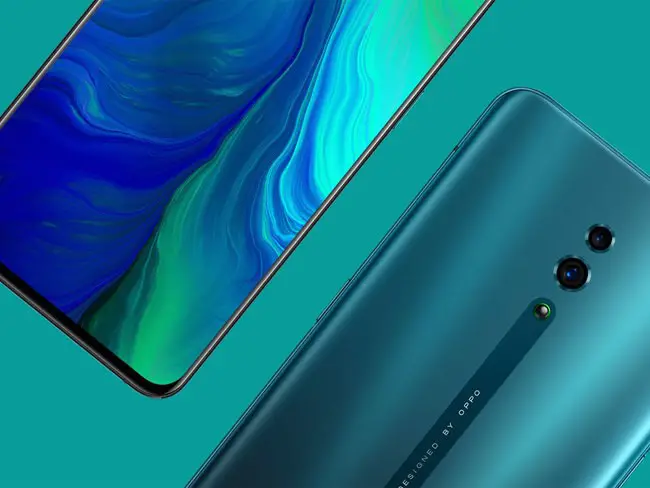
8. Xiaomi Mi 9
The Xiaomi Mi 9 comes with flagship-level features, and the camera is undoubtedly a standout feature. A triple shooter positioned vertically would be located at the back. The main one is a 48MP Sony IMX586 camera with a 1/2″ image sensor and 0.8 m pixels, which employs Pixel Binning technology to create 12MP images. For the rest, you get a 12MP telephoto lens with a secondary 16MP ultra-wide sensor (f/2.2 aperture), which allows for a 2X optical zoom.
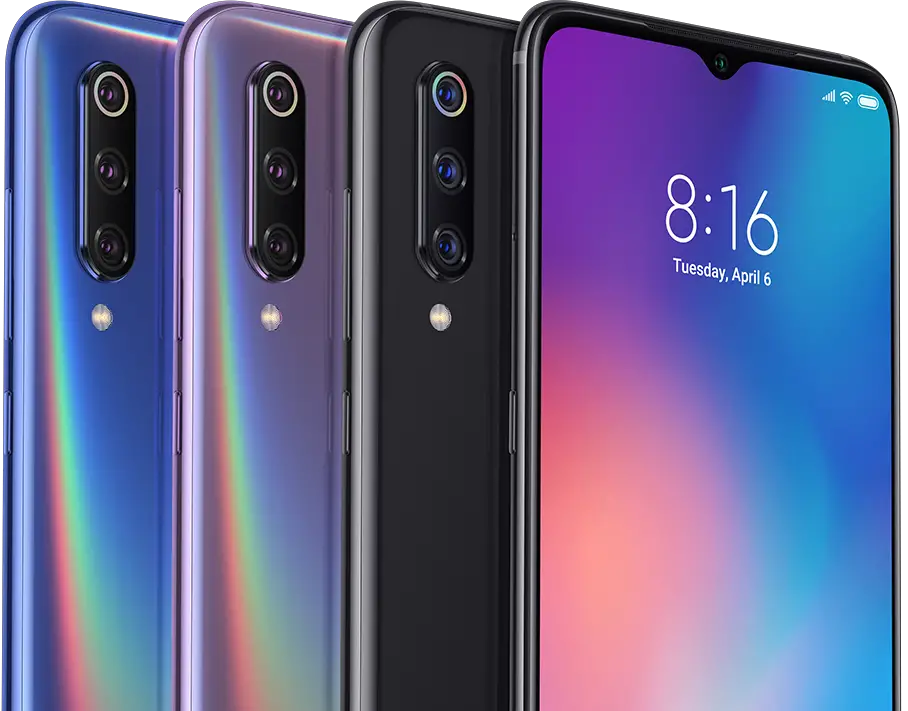
9. LG V50 ThinQ
In its most recent flagship model, the LG V50 ThinQ, the company proudly displays a triple camera arrangement (12 MP + 12 MP + 16 MP). Regarding the triple camera system, the main back camera has a 12-megapixel sensor with 1.4-m-wide pixels and an f/1.5 aperture. The second one is a 16MP ultra-wide-angle camera with an f/1.9 aperture and a 107-degree field of view, and the third one is a 12MP telephoto/portrait camera with an f/2.4 aperture that simply gives the photographs more depth and aids in giving them a 2x zoom.
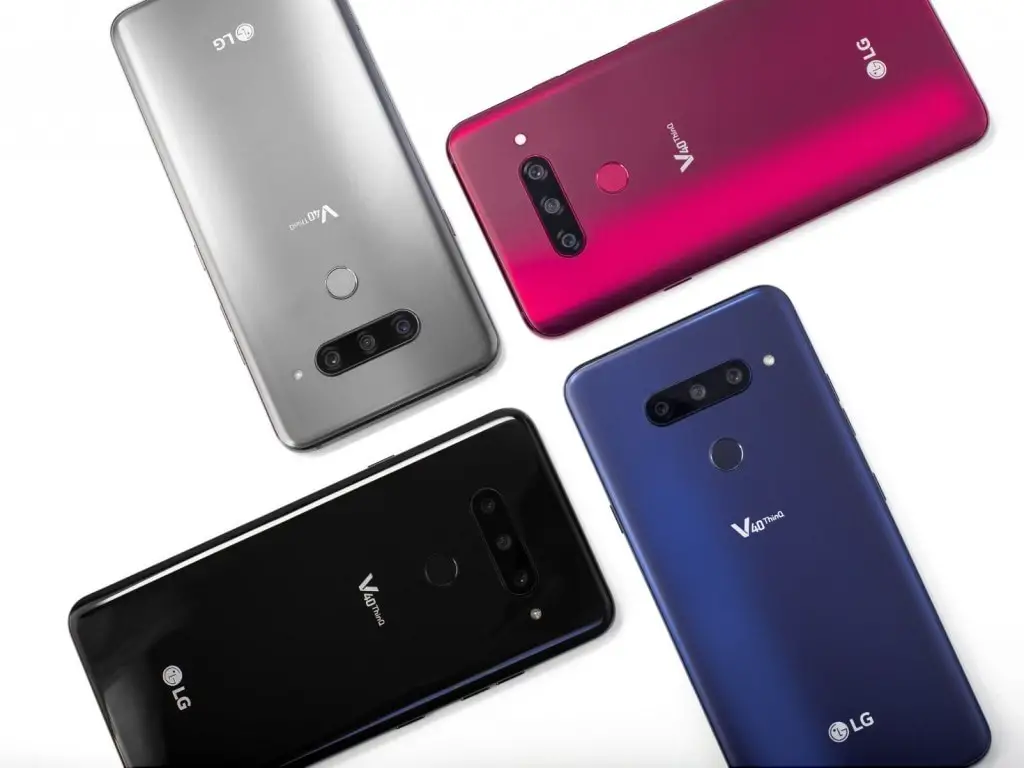
10. Sony Xperia 1
This Sony flagship has a triple camera panel with a 12-megapixel, 12-megapixel wide-angle, and 12-megapixel telephoto sensor combination. The BIONZ X sensors made by Sony are included for picture processing.
